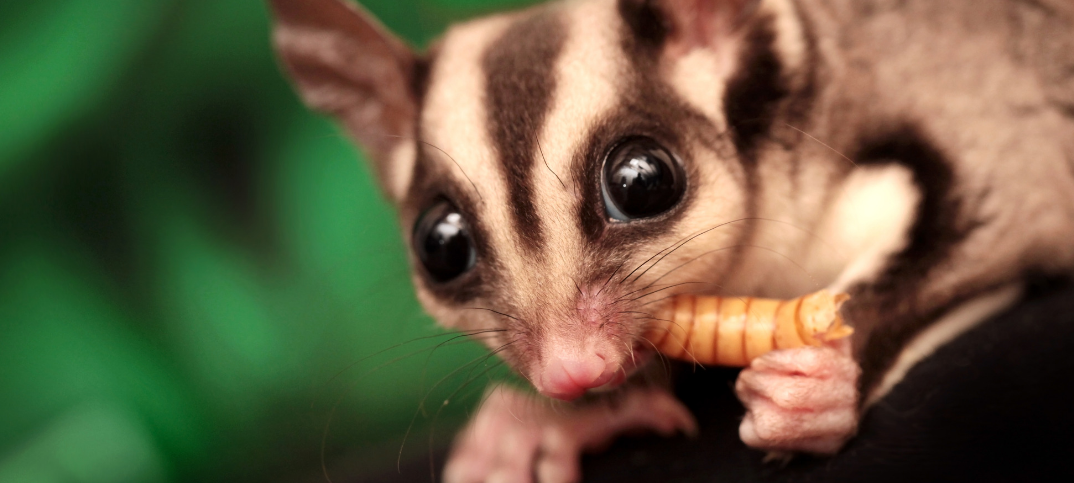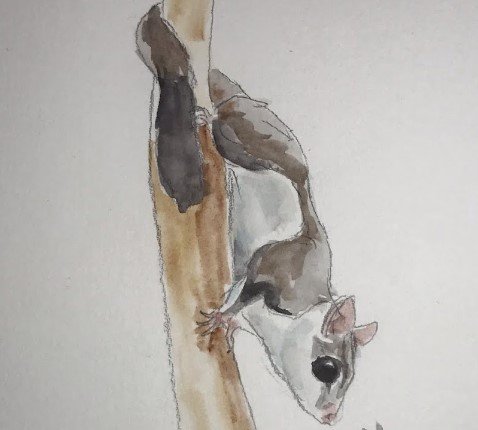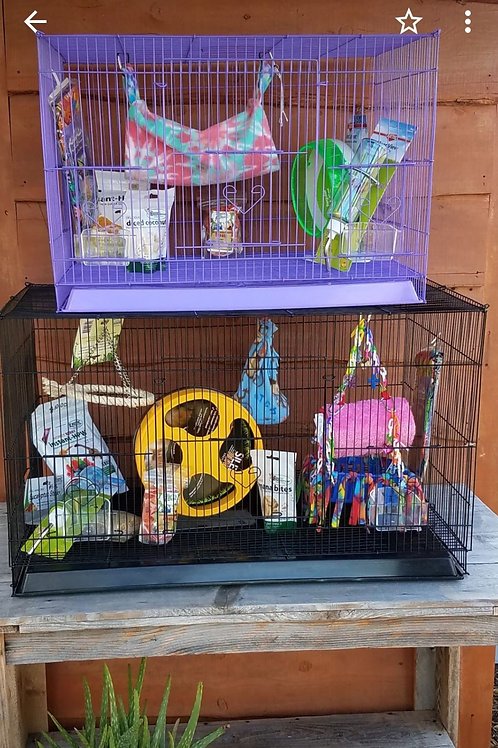Sugar Glider Pros And Cons
Sugar glider pros and cons – Is a Sugar Glider the Right Pet for You?
Are you considering getting a sugar glider as a pet? These tiny, adorable creatures have become increasingly popular in recent years, but before you bring one into your home, it’s important to consider both the pros and cons. In this article, we’ll explore the various aspects of owning a sugar glider, from their social nature and low maintenance to their high energy levels and specific dietary requirements.
The Pros of Owning a Sugar Glider
1. Social and Bonding Nature
One of the biggest advantages of owning a sugar glider is their social nature. These animals thrive on companionship and love to interact with their human caregivers. They have the ability to bond strongly with their owners and can become loyal and affectionate pets. Their playful and curious personality makes them a joy to be around.
2. Low Maintenance
Compared to other pets, sugar gliders are relatively low maintenance. They don’t require regular trips to the groomer, and their grooming routine consists of self-grooming and occasional nail trims. They are also naturally clean animals, and their droppings have little to no odor. With proper care and attention, sugar gliders can be relatively easy to take care of.
3. Unique and Exotic Pet
Sugar gliders are exotic pets with unique physical characteristics that make them aesthetically appealing. With their large, round eyes and their ability to glide through the air, they capture the attention and fascination of anyone who sees them. Owning a sugar glider can be a conversation starter and a way to show your love for unusual pets.
4. Intelligent and Trainable
Sugar gliders are highly intelligent creatures and can be trained to perform various tricks and behaviors. They have good problem-solving skills and can quickly learn to recognize their names and respond to commands. Training them can be a rewarding experience and a way to strengthen the bond between you and your pet.
5. Long Lifespan
Compared to other small pets, sugar gliders have a relatively long lifespan, with an average lifespan of 12-15 years in captivity. This means you can enjoy their company for a significant amount of time, provided you provide them with proper care and a suitable living environment.

The Cons of Owning a Sugar Glider
1. High Energy Levels
Sugar gliders are nocturnal creatures and are most active during the night. This means that they can be quite energetic and noisy when you’re trying to sleep. Their high energy levels require regular out-of-cage time for exercise and mental stimulation, which can be challenging for some owners to accommodate.
2. Specific Dietary Requirements
Sugar gliders have a unique diet that consists of a combination of fresh fruits, vegetables, proteins, and a specially formulated pellet diet. Their nutritional needs should be carefully balanced to ensure they receive the necessary vitamins and minerals. This can be time-consuming and requires knowledge about their dietary requirements.
3. Need for Social Interaction
As social creatures, sugar gliders require constant companionship and interaction. They can become stressed and unhappy if left alone for long periods of time. This means that owning a sugar glider may not be suitable for individuals who work long hours or travel frequently, as the glider may become lonely and develop behavioral issues.
4. Space and Cage Requirements
Sugar gliders require a suitable living space that allows them to climb, glide, and explore. Their cage should be large enough to accommodate various toys and branches for climbing. Additionally, they should have access to a safe and secure space outside their cage for supervised playtime. Providing the necessary space and stimulating environment can be challenging and requires commitment.
5. Bonding and Training
While sugar gliders can form strong bonds with their owners, they require patience and consistency in the bonding process. They may initially exhibit fear or distrust and need time to adjust to their new surroundings. Additionally, training them to perform desirable behaviors requires time and effort, making them less suitable for individuals seeking an instant bond.
Frequently Asked Questions
1.What do sugar gliders eat?
Sugar gliders have a varied diet that consists of fresh fruits, vegetables, proteins, and a specially formulated pellet diet. They require a balanced combination of these nutritional components to meet their dietary needs.
2.Can sugar gliders be potty trained?
Yes, sugar gliders can be potty trained to some extent. However, accidents may still occur, especially during their out-of-cage time. With patience and consistency, you can train your sugar glider to use a designated area for toileting.
3.Do sugar gliders make good pets for children?
Sugar gliders require special care and attention, which may make them less suitable as pets for young children. They have specific dietary and social requirements that children may not fully understand or be able to meet. Additionally, their high energy levels and nocturnal nature may disrupt a child’s sleep routine.
Final Thoughts
Owning a sugar glider can be a rewarding experience for the right person. They offer unique companionship and are known for their playful and social nature. However, it’s important to carefully consider the pros and cons before bringing one into your home. Make sure you can provide the necessary time, space, and resources to meet their specific needs. With proper care and attention, a sugar glider can become a beloved member of your family.







